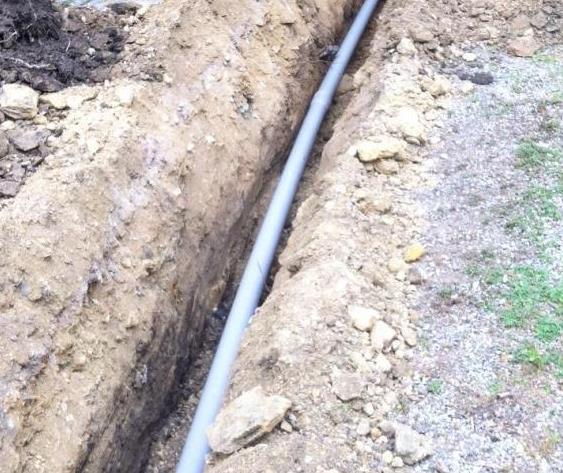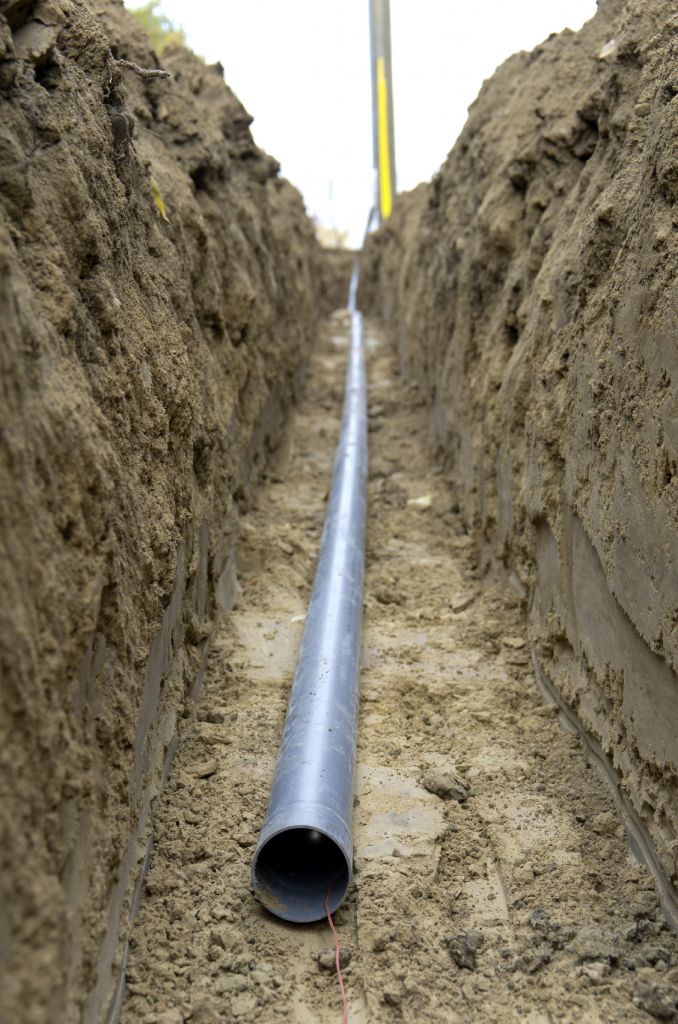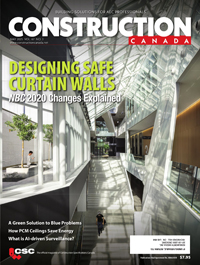Licensed electrical contractors safely install underground wiring

By Patrick Falzon, C.Tech.
Redoing part of a project because it does not meet the appropriate code can be frustrating thanks to cost overruns and project delays. In Ontario, many outside of the electrical trade are not aware a Licensed Electrical Contractor (LEC)—a business licensed by the Electrical Safety Authority (ESA) to do electrical work for hire—is responsible for the safe installation of conduits/ducts for the purpose of housing electrical wiring.
From the trench excavation to the final electrical inspection by the ESA, an LEC must adhere to the Ontario Electrical Safety Code (OESC) and Electrical Licensing Regulations. Most importantly, following these regulations ensures a safe and compliant installation. The requirements can differ by province, so each provincial authority having jurisdiction (AHJ) should be referenced.
Electrical equipment
OESC permits underground electrical wiring, such as polyvinyl chloride (PVC) conduit, to a building or property be directly buried or installed in a raceway. The code defines a conduit as electrical tubing into which it is intended for conductors to be drawn; it defines a raceway as any channel designed for holding wires or cables.
The conduit approved for underground installations is permitted to be direct-buried or encased in poured concrete to provide mechanical protection. OESC contains detailed installation configuration diagrams for the raceway/conduit, which includes associated spacing and depth requirements.
The current-carrying capacity of electric conductors of cables (i.e. ampacity) is determined by selecting the configuration diagram, along with the corresponding ampacity tables prescribed in OESC. Any alterations in the configuration—including depth, spacing, and number of raceway/conduit—affect the cables’ ampacity. Failure to install as per installation configuration will result in a detailed engineered ampacity report to be submitted to determine the installed cable ampacity, which may become costly and delay the site’s energization.

Responsibility for installation
The LEC—meeting the requirements of the Licensing Regulation O.Reg 570/05—responsible for the installation needs to make sure it is in compliance with all OESC requirements and all other applicable laws. This means the LEC on the job is required to file an application for inspection (i.e. permit) with ESA for the electrical work, including the installation of the conduit(s) or raceway and the associated wiring being installed beyond the ownership demarcation point. This is defined as the connection point at which the electrical utility’s responsibility ends.
When a trench is created for the purpose of installing the conduit to house electrical wiring, this is considered electrical work. However, there have been instances where an LEC has been called into a project after the trench has been excavated and/or the underground conduit has been installed. In fact, before trench excavation, the LEC is required to file an application for inspection with ESA. Excavating with the proper permits in place counters the possibility of having to re-dig an installation that does not adhere to the OESC and/or Licensing Regulations.1
An ESA inspector has the authority to inspect all features of this electrical work, including ensuring the trench is of proper depth. The LEC who applies for the permit can be asked to demonstrate proper trench depth as per OESC. (It is also important to call for locates prior to any excavation by contacting Ontario One Call or a local electrical utility.)
By following the Ontario Electrical Safety Code, Electrical Licensing, and Ontario One Call regulations outlined in this article, project teams can ensure underground wiring is installed in a timely, compliant, and safe manner. Architects and building designers should always refer to the OESC and to One Call for the specific regulations that apply to a project.
Patrick Falzon, C.Tech., is a code specialist for the codes and standards department at the Electrical Safety Authority (ESA). He can be reached at patrick.falzon@electricalsafety.on.ca.
Notes
1 For specific regulations, Section 2-004 Inspection, of the Electricity Act should be referenced.







